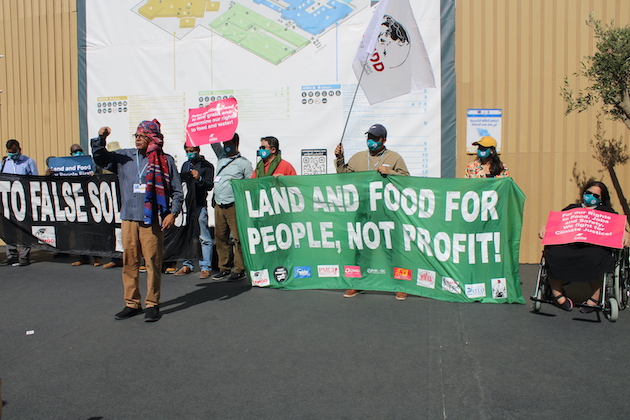Dubai, United Arab Emirates, Nov. 18, 2022 (GLOBE NEWSWIRE) — Jetex, an award–winning global leader in executive aviation, sets a new Guinness World Records title at its private terminal in Dubai, where it unveiled the world's largest fiberglass sculpture of a sphere (supported) which resembles a giant football.
The flagship Jetex VIP Terminal is buzzing with fans from all over the globe who use match day private jet shuttle service between Dubai and Doha. Seen from afar, the iconic 10–meter–high football structure welcomes international travelers as they drive up to the terminal.
"Together with fans from all over the world, we share the excitement and thrill of football. Over the past months, we witnessed tremendous demand for private jet travel between Dubai and Doha, which prompted us to go above and beyond to ensure that all fans enjoy a spectacular football–themed travel experience, which starts well in advance of the actual game," said Adel Mardini, Founder & CEO of Jetex.
Jetex VIP Terminal also houses the world's most fascinating pop–up football field right in the heart of the terminal, where all travelers can practice their skills and create unique memories with their families and friends. Customer experience has also been adjusted with football fans in mind, with Jetex brand ambassadors wearing distinctive football uniforms and surprising travelers with football–inspired souvenirs.
The record was validated by Guinness World Records officials at Jetex VIP Terminal, Dubai.
The giant football installation will remain at Jetex VIP Terminal until late December. After that, it will be either presented to one of the local football clubs or sustainably recycled.
– END –
About Jetex:
An award–winning global leader in executive aviation, Jetex is recognized for delivering flexible, best–in–class trip support solutions to customers worldwide. Jetex provides exceptional private terminals (FBOs), aircraft fueling, ground handling and global trip planning. The company caters to both owners and operators of business jets for corporate, commercial and personal air travel. To find out more about Jetex, visit www.jetex.com and follow us on Instagram, Twitter, Facebook, and LinkedIn.
Press Enquiries:
Oleg Kafarov
Director of Portfolio Development & Corporate Communications
T: +971 4 212 4900 Email: teamorange@jetex.com
Attachment

GLOBENEWSWIRE (Distribution ID 8700252)



![Hundreds of mangrove seedlings are growing in a small bay of an [...] <a class=](https://www.ipsnews.net/Library/2022/11/4371-fiji-300x200.jpeg) Read more »
Read more »![Yomira Cuadros faced motherhood at an early age, as well as the [...] <a class=](https://www.ipsnews.net/Library/2022/11/a-5-300x224.jpg) Read more »
Read more »